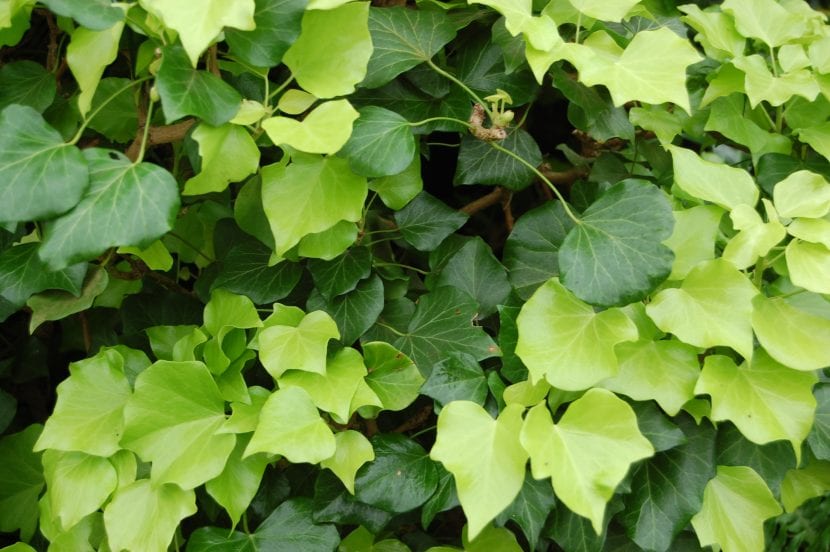
Ivy is a very resistant and very fast growing climber that can be used both to cover walls or walls, as well as to create a green carpet. It is very adaptable, and it does not need frequent waterings to be able to stay beautiful.
It is a perfect plant for beginners, since it could be said that it practically takes care of itself. Because, ivy care is minimal.
Origin and characteristics of ivy
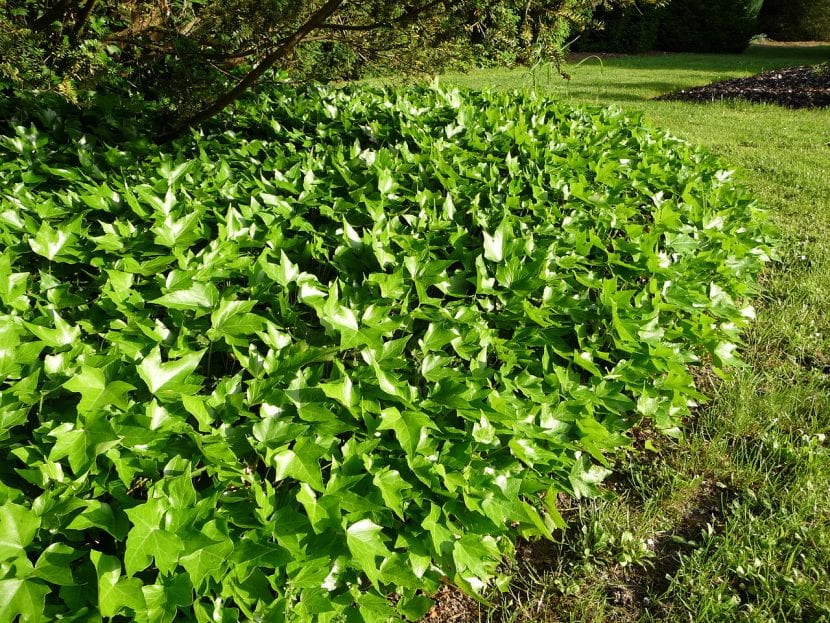
Ivy, which belongs to the botanical genus Hedera, it is an evergreen climber (that is, it looks evergreen) native to Europe, Africa and Asia very fast growing without tendrils. It consists of simple, lobed, alternate, leathery and shiny leaves of a dark green or variegated color with a diameter of between 5 and 10 centimeters. These can be of two types: those of the non-floriferous branches are lobed, while those of the floriferous branches lack lobes.
Its flowers are small, green in color and appear in simple globular umbels that form a corymb. Once they are pollinated, the fruit begins to ripen, which is a black berry similar in size to peas, inside which we will find 2 to 5 seeds. You have to be very careful with this plant, since all its parts are toxic. It is not a question of demonizing it, but simply of informing yourself and avoiding putting it in the gardens where there are children and pets.
It has a fairly fast growth rate, being able to grow about 10-20 centimeters per year, which is why it is a very interesting groundcovering plant.
Types of ivy
There are 15 different types or varieties of ivy. Although they all seem the same to us, the truth is that there are some that are really beautiful. These are some:
- hedera rhombea
- Hedera nepalensis (Image - Online Plant Guide)
- hedera colchica
- Hedera caucasigena
- hedera azorica
- Hedera algeriensis
- hedera canariensis
- hibernic hedera
What care do you need?
Location
Body exterior:
If we want to have it abroad it is highly recommended to put it in a bright area but without direct sun. If we live in an area with a mild climate or not too hot (with maximum temperatures of 30ºC) it can be given direct sunlight for a few hours in the morning or at dusk, but it will develop better in semi-shade.
Interior
Being one of the most adaptable climbers that exist, we can use them as an indoor plant by placing it in a room where a lot of natural light enters. We can have it as you have the potos (aureum), that is, in a pot only climbing up a tutor, or you can hook its stems, for example, on a door frame or on a wall.
Soil or substrate
It is not demanding at all. Grows well in neutral or slightly acidic soils or substrates (with pH 5 to 7). The only thing we have to take into account is that it must be a land or substrate with good drainage, since it does not tolerate waterlogging well. You have more information on this topic here.
Irrigation
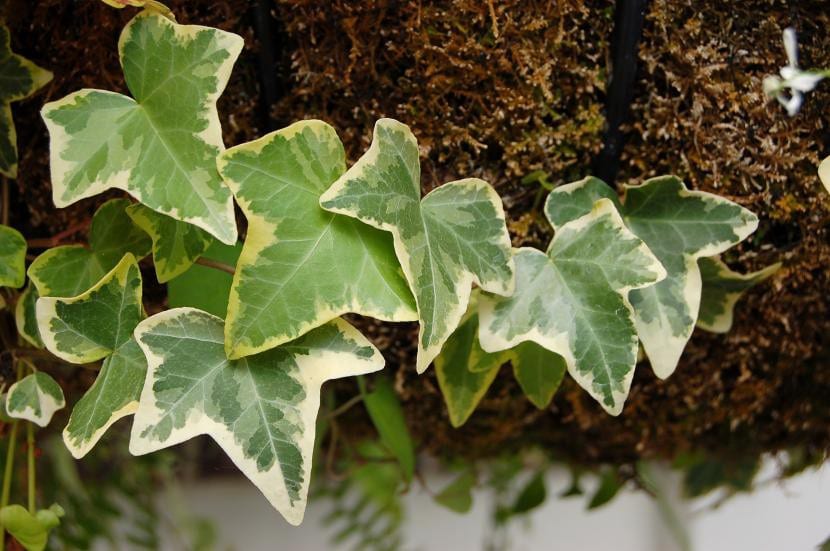
It does not need to be very frequent, especially if we have it on land. Two or three waterings a week will be enough during the hottest months and one or two per week the rest of the year.. Try to use water that is not too calcareous (pH of 7 maximum), since although it is not acidophilus, lime can build up on the surface of the leaves, which can cause problems by clogging your pores.
Subscriber
It is very important to pay it, especially in spring and summer, with organic fertilizers. If we have it in the garden, we can add egg and banana peels, coffee grounds, tea bags, as well as, of course, compost o manure. If instead we have it in a pot, I advise to fertilize it with liquid fertilizers, such as the chemical ones (Universal, Green plants) that they sell in the nurseries, or the guano.
Pruning
It can grow at a rate of 10-20 centimeters per year, so one of the care that must be provided is pruning. The stems must be trimmed with pruning shears previously disinfected with alcohol towards the end of winter or in autumn., with the aim of keeping the development of the plant under control. Also, we have to remove those stems that look sick, weak or dry.
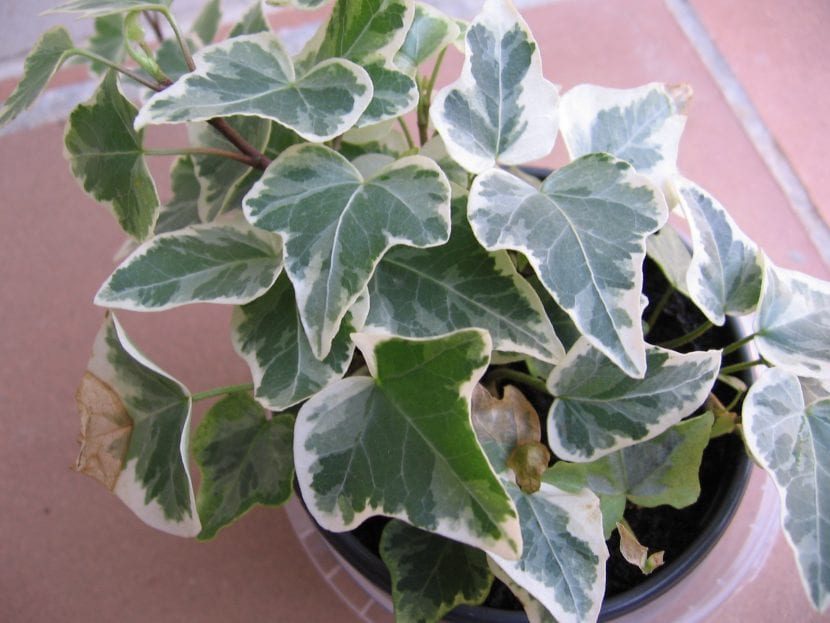
Planting or transplanting time
The best time to plant it in the garden or move it to a larger pot is in spring, when the risk of frost has passed. In the case of having it in a container, we will have to transplant it every two years. By the way, a very simple trick so that the earth does not come out through the drainage holes is to place mesh with very small holes (like the ones that the anti-weed mesh has). This type of fabric allows water to pass through, but not the substrate, so it is very useful útil.
Multiplication
Ivy multiplies by seeds in spring and by cuttings in spring-summer. Let's see how to proceed in each case:
Seeds
If we want to sow the seeds we have to do the following:
- The first thing we have to do is peel the fruit to reveal the seeds, having previously put on gloves.
- Next, we thoroughly clean the seeds with water.
- Then, we fill a pot of about 10,5cm in diameter with universal growing substrate and water.
- Now, we place a maximum of 3 seeds on the surface of the substrate, as far apart as possible.
- Afterwards, we cover them with a layer of substrate not very thick (just enough so that they are not exposed directly to the sun).
- Finally, we spread copper or sulfur to prevent the appearance of fungi, and we water again.
The seeds will germinate in a maximum period of two months.
Cuttings
To multiply ivy by cuttings simply we have to cut stems of about 40cm and place them in a glass with water that we will change daily. Another option is to impregnate the base with rooting hormones and plant them in a pot. They will root after two or three weeks.
Pests
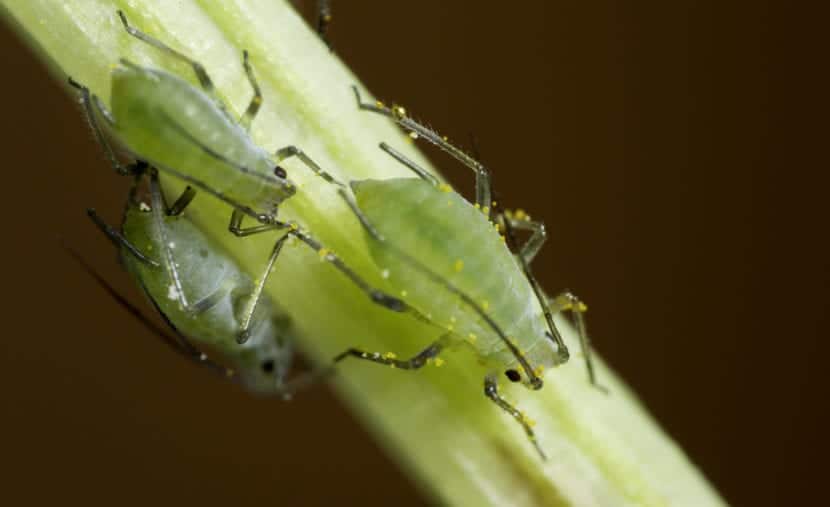
Although it does not usually have problems, it can sometimes be affected by:
- Red spider: they are very small mites, less than 0,5 cm, red in color that are very reminiscent of spiders. They feed on plant cells. We can tell what it has if we see cobwebs between the leaves. Fortunately, we can eliminate them with insecticides such as Chlorpyrifos, or with natural products such as neem oil or potassium soap. More information.
- Mealybugs: they can be several types: cotton wool, or flat. If there are few, we can remove them with a swab from the ears moistened in pharmacy alcohol, but if there are many, I advise using diatomaceous earth (The dose is 30g for each liter of water). More information.
- Aphids: they are parasites of less than 0,5cm that, like the spider mite, feed on the sap of the leaves and stems. They can also be found in flowers. To combat them, the most effective there are are the yellow chromatic traps. They attract parasites, who get hooked on the trap. More information.
Management
The diseases you may have are:
- bacteriosis: they appear in the form of spots on the leaves and cankers on the stem. The most recommended treatment is to cut the affected parts with scissors previously disinfected with pharmacy alcohol.
- Anthracnose: known as canker or chancre is a disease produced by a fungus of the genus Colletotrichum or Gloeosporium. Symptoms in ivy are brown spots on the leaves, around the nerves. The treatment consists of cutting the affected parts and applying copper-based fungicides 3 times at 7-day intervals. More information.
- Powdery mildew: it is a fungus that mainly affects the leaves and fruits, where a kind of white powder will appear. It is treated with copper-based fungicides. More information.
- Bold: usually appears as a consequence of the attack of the mealybugs. It is a fungus that affects any part of the plants, which it covers with a black powder. It is not very serious, but it is advisable to cut the affected parts with previously disinfected scissors and treat with fungicides. More information.
Rusticity
It is a plant quite resistant to cold and frosts of up to -4ºC.. Still, young specimens need a little protection for the first two years.
What uses does ivy have?
This is a plant that has several uses, which are:
- Ornamental: it is very decorative. Its green or variegated leaves look great in any corner, both indoors and outdoors. It can be had to cover floors, walls, lattices, dry tree trunks, and even as a hanging.
- Medicinal: the leaves contain saponin, which is a substance with spasmolytic, expectorant and antitussive action. However, it can only be isolated in laboratories. Remember that this plant is toxic if consumed directly, and can cause vomiting to coma.
Where to buy it and what is the price?
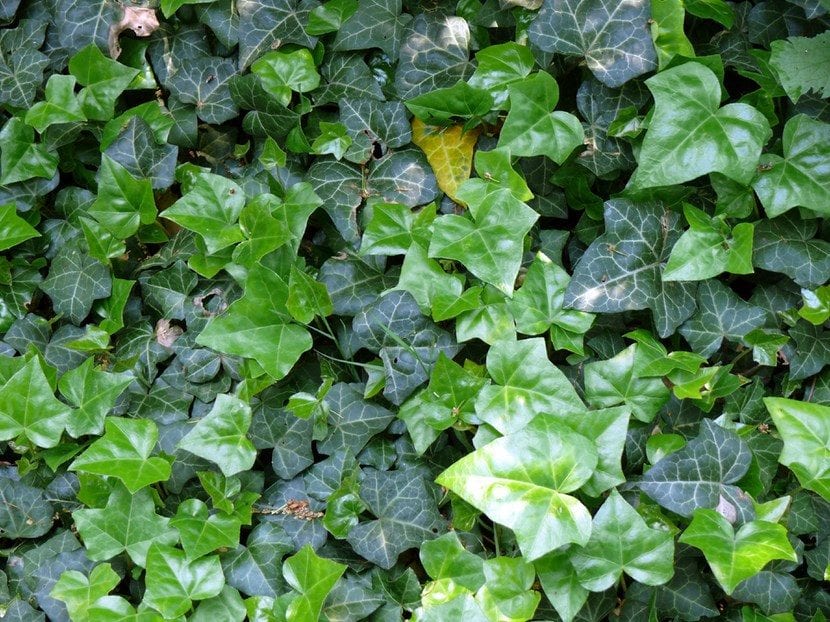
If we intend to get a copy, it will be enough for us to visit a nursery or garden store of the area. It is a very common plant that is sold practically anywhere 🙂. Its price will depend on the size, but to give us an idea, one that is in a 10cm pot can cost 1 or 2 euros; and another that is in a 20-25cm for about 20 euros.
What did you think of the ivy?
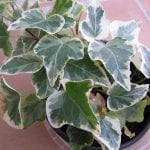

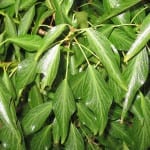
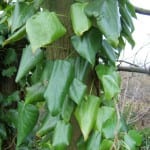
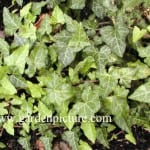
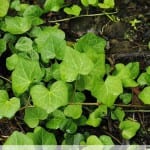


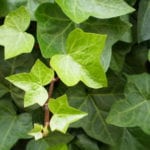
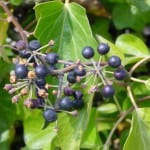
First of all, thanks for the article!
I have ivy at home that I can't get out. I have it indoors in a plastic pot. It is a very bright room without direct light, and I water it once a week. Even so, more and more stems dry out and fewer green leaves come out, and the ones it has dry out.
Share a stay with a potus who seems enchanted by its location, but with it, there is no way. Could you help me?
Hello Cristina.
Do you have a plate underneath it, or is it in a pot with no holes? If so, it is advisable to change it to a pot with holes in its base, and if you have a plate on it, remove the excess water after watering.
If you have any doubts, please contact us.
Greetings.
Hello .. I would like your help with my ivy vine .. I currently have it in a pot but I want to move it so that it can climb a wall, but it grows with great difficulty since it has a kind of weed that wraps itself around the small leaves and it does not let them grow ... it is like a cord that becomes red in the stem of the leaves and entangles them and suffocates them. I have removed them by hand but it is difficult since they stick to the stem. What can i be Will there be something with which I can clean the plant to get that out of it and they won't come out again?
Hi Angelica.
In those cases it is best to remove the ivy from the pot, and gradually remove the grass that grows by the roots. This way, you will most likely not get into trouble again.
Regards!
Hello. I would like to put on the terrace of our restaurant those deciduous ivy that turn red in autumn and lose it in winter. We are in the Girona Pyrenees at 1700m. In winter we are around 0 to -5 minimum. I understand that it will hold me because in the valley, with thermal inversion (which are many), the negative values are even higher below and decorate many houses in the area.
As I have a concrete floor, I will have to plant it in planters. For me to reach 1-5m tall, how deep should these planters be?
Thanks and regards.
Hi Jordi.
I think you have got the name confused: ivies are perennials, and they are always green. Instead, the virgin vine it is expired and it does turn red in autumn.
Answering your question, the more depth they are, the better. If you can, I would recommend you go to a bazaar-type store, because there they usually sell plastic planters that are 1 meter long and 60cm deep at a good price. If the sun is not going to give them much, they will last for years.
Regards!
Hello I am about to acquire a vine to cover an exterior wall of 6 x 3 meters (which gives to the neighbor) how many ivy do I need?
I would like to put it in a planter but I am seeing that it is invasive ... Is it recommended since the wall adjoins the neighbor?
The climate here in heat is up to 40 ° C and in winter it is -5 ° C and I would be exposed to the sun.
Hi Sayra.
The ivy cannot get direct sunlight, as it will burn.
Have you thought of a fake jasmine? It is evergreen and has fragrant white flowers. Here You have more information.
Regards!
Good.
Thank you very much for this great article!
I am from a town in Ourense where temperatures can reach -10 in winter and 30 in summer.
I need a vine to cover a fence 30 meters long and 3 meters high throughout the year (That the leaf does not fall).
Here in winter it rains a lot.
I was thinking of putting up this ivy.
Would you recommend it to me with these conditions? Which of the types that exists would be ideal?
Thanks for your time.
A greeting.
Hi Emi.
Common ivy, that is, the Hedera helix, withstands moderate frosts very well. In fact, they grow it even in areas of the United Kingdom where it falls much more, so you will not have problems.
Regards!
Thank you very much Monica for taking your time to reply. Well that same plant!
A greeting!
Perfect. All the best!
Good Monica.
I have an other question.
They recommended that I plant the heirloom helix on the outside side of the farm fence, and not on the garden side itself because they are very invasive. What would you recommend me?
Greetings and thank you very much!
Hi Emi.
It is true that it is a plant that grows very fast, so it is not recommended to put it near other plants (pipes, floors, etc., it will not do anything). But it tolerates pruning very well, so you can really put it wherever you want.
Greetings.
Thank you very much for the article!! I have an ivy that does not grow and I have not been able to grow it, it is in the light without direct sun but its leaves are very soft. Could you tell me why?
Hello Luz Angela.
How often do you water it? It may not get as much water as it needs, or it may need a larger pot if you've never transplanted it before.
regards